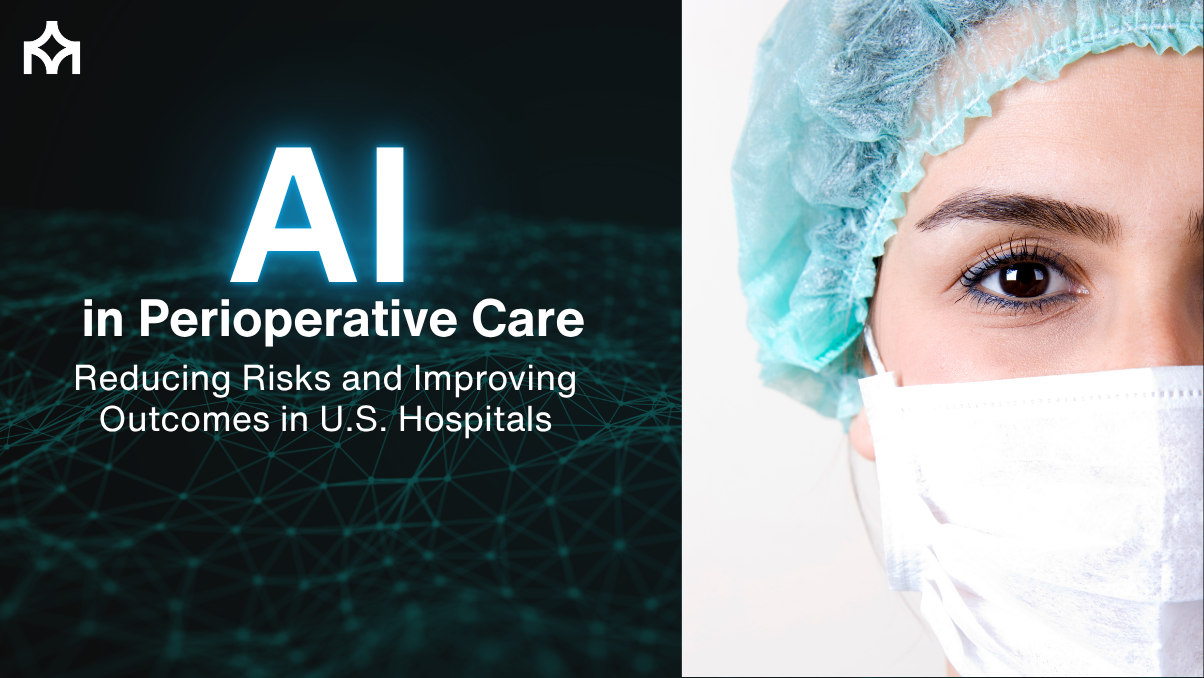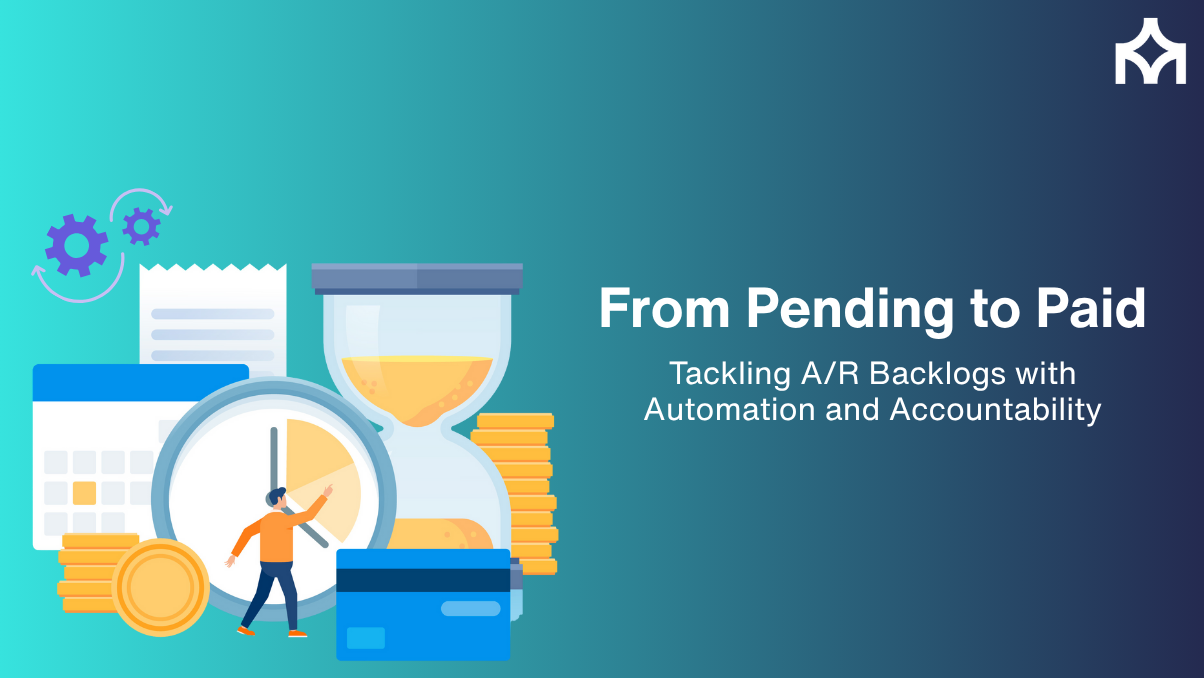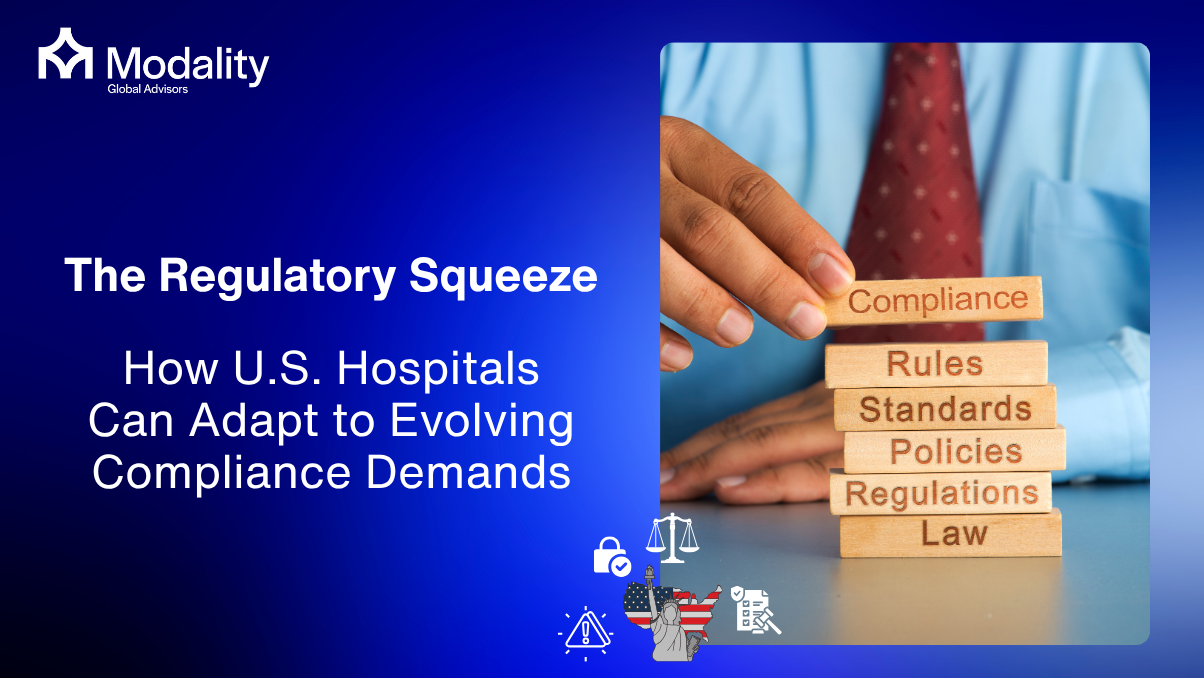AI in Perioperative Care: Reducing Risks and Improving Outcomes in U.S. Hospitals
AI in Perioperative Care: Reducing Risks and Improving Outcomes in U.S. Hospitals
Perioperative care is one of the most critical phases in a patient’s healthcare journey. It encompasses preparation before surgery, management during the procedure, and monitoring after the operation. Across U.S. hospitals, the complexity of this care continuum often translates into significant risks, ranging from surgical complications to prolonged hospital stays.
The stakes are high: surgical complications contribute to over 400,000 preventable deaths annually in the United States (Johns Hopkins, 2023), while inefficiencies in perioperative workflows drive billions of dollars in added costs. At the same time, hospitals face rising patient volumes, workforce shortages, and increasing regulatory scrutiny. These pressures underscore the urgent need for innovative solutions that both safeguard patient safety and optimize clinical performance.
With healthcare systems under growing pressure to improve outcomes while reducing costs, artificial intelligence (AI) is emerging as a powerful tool to transform perioperative care. By combining predictive analytics, real-time monitoring, and workflow optimization, AI has the potential to reduce risks, enhance efficiency, and ultimately improve patient safety.
Why AI in Perioperative Care Matters
Each year, millions of surgeries in the U.S. carry risks of complications that could otherwise be mitigated with better foresight. Studies estimate that up to 30% of adverse surgical events are preventable through improved risk assessment and care coordination (Journal of Anesthesia, Analgesia & Critical Care, 2022).
Traditional tools such as the NSQIP risk calculator have helped, but they remain limited in scope and precision. Newer machine learning (ML) models trained on electronic health records (EHRs) and clinical variables are proving far more accurate.
Real-World Applications of AI
Preoperative Risk Stratification
AI models can analyze hundreds of data points including comorbidities, lab values, and vital signs to predict complications such as sepsis, readmissions, or transfusion needs. A multicenter study across 45 U.S. hospitals validated AI-based transfusion risk prediction tools with strong real-world accuracy (JAMA Network Open, 2024).
Intraoperative Support
AI-assisted monitoring systems are now capable of detecting early warning signs of instability in real time, providing surgical teams with critical insights. For example, predictive alerts for hemodynamic fluctuations can help anesthesiologists intervene sooner.
Postoperative Monitoring
Platforms like MySurgeryRisk have been co-developed with clinicians to predict up to nine postoperative complications, ranging from acute kidney injury to surgical infections. Hospitals adopting these tools report up to 20% reductions in preventable complications and related hospitalizations (Health Affairs, 2023).
Challenges in Implementation
Despite these promising outcomes, U.S. hospital adoption remains modest. In 2022, only 18.7% of hospitals reported implementing AI solutions, with fewer than 4% considered high adopters (Intuition Labs, 2022). Key barriers include:
- Integration issues: AI platforms often do not align seamlessly with existing workflows.
- Data quality gaps: Fragmented EHRs and inconsistent data hinder model accuracy.
- Bias and fairness: Predictive tools may underperform for certain demographics if not carefully validated.
- Clinician trust: Lack of explainability can make clinicians hesitant to act on AI-generated recommendations.
These challenges underscore the need for thoughtful governance and collaboration between clinical and technical teams.
Actionable Strategies for U.S. Hospitals
To maximize value from AI in perioperative care, healthcare leaders should consider:
- Start with targeted use cases: Pilot models for specific outcomes, such as mortality prediction or transfusion risk.
- Engage multidisciplinary teams: Co-design tools with surgeons, anesthesiologists, and nursing staff for better adoption.
- Prioritize transparency: Select models that provide clear reasoning behind predictions.
- Audit for equity: Routinely test models for performance across diverse patient groups.
- Modernize infrastructure: Strengthen interoperability through standards like FHIR to ensure accurate data feeds.
- Maintain continuous learning: Retrain models with new data to prevent performance drift.
Conclusion
AI in perioperative care is no longer a distant possibility; it is already demonstrating measurable improvements in predicting complications, supporting intraoperative decisions, and preventing costly postoperative readmissions. By shifting from reactive interventions to proactive, data-driven insights, hospitals can improve safety, efficiency, and patient trust.
However, the promise of AI will only be realized if adoption goes hand in hand with thoughtful governance, clinician engagement, and investments in infrastructure. Hospitals that treat AI as a strategic enabler not just a technical add-on will be better positioned to meet rising patient demands, regulatory expectations, and financial pressures.
In the long term, integrating AI into perioperative workflows is not just about reducing immediate risks. It is about building a sustainable model of surgical care one that empowers clinical teams, reduces preventable harm, and delivers consistently better outcomes. For U.S. hospitals, embracing this transformation now is the surest way to lead in a future where safer, smarter care is the standard.
Sources
- Nature (2023)
- Johns Hopkins, (2023)
- JAMA Network Open (2024)
- Journal of Anesthesia, Analgesia & Critical Care (2022)
- Health Affairs (2023)
- Intuition Labs (2022)
- University of Minnesota School of Public Health (2023)






